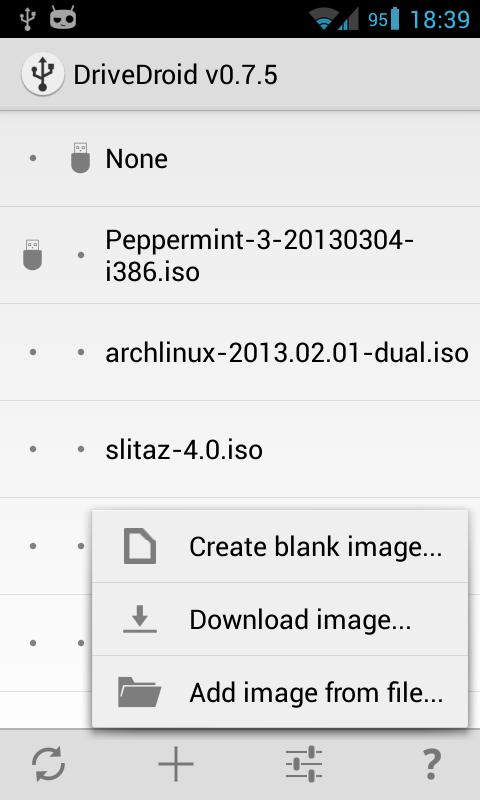[RELEASE] ShinTo Kernel v026a005 for NOTE 3 N9005
[ Enhancements included in ShinTo Kernel ]
–== ShadowLED ==–
By linking the Note 3’s RGB LED to the different activities of the OS, we can know in real time what is going on, even when the screen is off, and the phone is seemingly “deep sleeping”.The brightness of the led light is proportional to the instant workload; the brighter the color, the higher the workload.
BLUE: All things related to WIFI networking activity [Upload/Download].
GREEN: All things related to internal “SD” (MMC0) activity [Read/Write].
RED: All things related to external “SD” (MMC1) activity [Read/Write].
To disable ShadowLED you need to delete the following file with root & reboot : /system/etc/init.d/09-ShadowLED
–== ZRam ==–
RAM is a precious resource that we can never have enough.
ShinTo Kernel uses state of the art functionality to intelligently manage and optimize RAM for peak performance.
Our NOTE 3’s, running Samsung’s Android Kit Kat (4.4.2), have a huge amount of background apps and services that, most of the time, sit idle waiting for some event to fire.
All these background apps and services are sapping precious RAM, and some will never do anything.
ShinTo Kernel uses ZRam very moderately (only 256Mb) to compress sleeping background processes and apps to free precious RAM for other interactive processes (the ones most important to YOU).
The compression ratio achieved is at least 3:1 (256->85) and up to 4:1 (256->65) while not affecting performance or battery at all, as the size of the compressed RAM is only 256Mb (do not go above that!).
Some people would argue that there’s no need for this as we have plenty of ram but from my experience with ShinTo Kernel, the more “free” ram, the more apps you can have in ram, even if they are not currently active and this amounts to a better multitasking and more fluidity.
The final argument is that even Google have activated ZRam in their Android and Chrome OS.
I have included a very nice, simple and clean app called “ZRAM Status”
To disable ZRam you need to delete the following file with root & reboot : /system/etc/init.d/05-ZRam
–== UKSM ==–
UKSM by KernelDedupe.org is a state of the art intelligent memory management system that achieves great ram saves by using two techniques:
(1) ZeroPages
When we launch an app, most of the time the app will allocate more (or a lot more) memory than it really needs. The extra memory is allocated exclusively, zeroed and sits idle till the app decides to use it.
That could happen sometime in the future or never…
ShinTo’s UKSM kernel service detects these kind of “ZeroPages” and intelligently remaps them to the ZeroPage manager and then frees those pages of ram.
Once the process really asks for these “ZeroPages”, the ZeroPage manager takes care of everything.
All this is transparent to the normal user’s workflow and it doesn’t affect performance or battery life.
As a matter of fact it might enhance battery life and performance as a lot more can fit in ram so there’s less wasted time and energy fetching data from SD (MMC0).
That should also help with multitasking fluidity.
My daily workflow can see up to 400Mb of ZeroPages, which means about 400Mb of ram saved and allocated to running processes that need them.
(2) SamePageMerge
There are some processes that create many copies of the same memory contents (same pages).
Some of these (same page) content’s never change so it is a waste of memory.
One clear example could be a web browser.
ShinTo’s SamePageMerge manager detects these identical pages and “merges” them, so they only occupy one page instead of many.
If a process needs to change the contents of one of these “identical” pages, the SamePageMerge manager detects that and takes care of everything.
All this is transparent and seamless, with no performance or battery penalty.
I routinely hit about 50.000 pages (around 200Mb saved) (50.000 * 4k) and have hit about 90.000 pages with heavy loads.
To disable UKSM you need to issue the following command with root :
echo 0 > /sys/kernel/mm/uksm/run
–== DriveDroid ==–
 “DriveDroid allows you to boot your PC from ISO/IMG files stored on your phone. This is ideal for trying Linux distributions or always having a rescue-system on the go… without the need to burn different CDs or USB pendrives.”
“DriveDroid allows you to boot your PC from ISO/IMG files stored on your phone. This is ideal for trying Linux distributions or always having a rescue-system on the go… without the need to burn different CDs or USB pendrives.”
ShinTo Kernel includes the necessary patch and functionality to be able to switch from CD to USB mode, so you could create rescue USB keys directly on the mounted image in DriveDroid.
For people that are in the tech support and have to reinstall different operating systems or boot recovery cds, it is a godsend as they don’t need to have different usb keys, cd, dvd, etc…
It’s a great tool and I recommend everyone to check it!!!
To know more about DriveDroid | DriveDroid XDA Forum
–== Fix / Performance Enhancement Patches ==–
ShinTo Kernel includes new patches from CodeAurora, independent developpers, and great people all around the internet that fix a lot of issues (some we don’t even know exist!), add enhancements, boost performance and energy efficiency.
All these patches have been painstakingly integrated and checked one by one by hand to make sure ShinTo is as stable and fast as currently possible.


Hi I realized the kernel version info is still not available under settings right?
Yes that is correct. I have to look more into it.
The weird thing is that if you use other programs, like Synapse Et al, they show it correctly…
Yeah new one is out 🙂
🙂
And a new one is in the oven xD
I got delayed as I don’t have Internet at my current place and have to resort to using my phone or some public Wi-Fi…
Always here to test 😉
Yeah thx, you will receive new one soon 😉